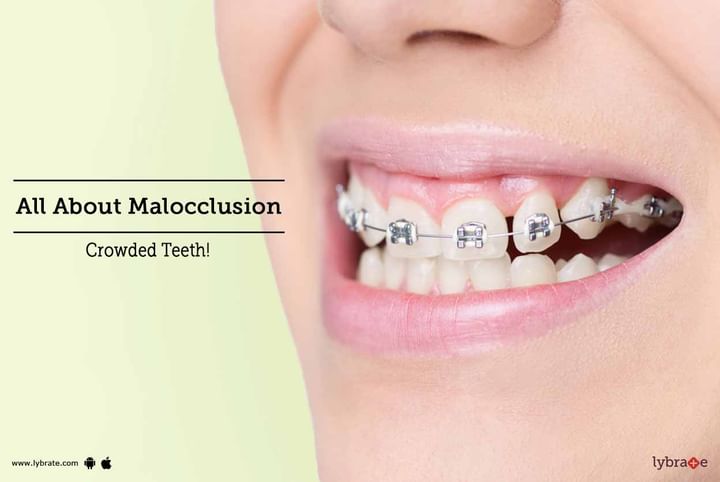All About Malocclusion - Crowded Teeth!
Malocclusion of the teeth is a misalignment problem that can lead to serious oral health complications. It’s also known as:
- crowded teeth
- crossbite
- overbite
- underbite
- open bite
The teeth won’t be able to perform vital functions if they’re misaligned. Learn more about this issue and how it may be treated, to protect your overall oral and digestive health.
What Causes Malocclusion?
Malocclusion is usually an inherited condition. This means it can be passed down from one generation to the next.
There are some conditions or habits that may change the shape and structure of the jaw. These include:
- cleft lip and palate
- frequent use of a pacifier after the age of 3
- prolonged use of bottle feeding in early childhood
- thumb sucking in early childhood
- injuries that result in the misalignment of the jaw
- tumors in the mouth or jaw
- abnormally shaped or impacted teeth
- poor dental care that results in improperly fitting dental fillings, crowns, or braces
- airway obstruction (mouth breathing), potentially caused by allergies or by enlarged adenoids or tonsils
What Are the Symptoms of a Malocclusion?
Depending on the classification of malocclusion, the symptoms of the disorder may be subtle or severe. Typical symptoms of malocclusion include:
- improper alignment of the teeth
- alteration in the appearance of the face
- frequent biting of the inner cheeks or tongue
- discomfort when chewing or biting
- speech problems, including the development of a lisp
- breathing through the mouth rather than the nose
How Is a Malocclusion of the Teeth Treated?
Most people with mild malocclusion will not require any treatment. However, your dentist may refer you to an orthodontist if your malocclusion is severe. Depending on your type of malocclusion, your orthodontist may recommend various treatments. These can include:
- braces to correct the position of the teeth
- removal of teeth to correct overcrowding
- reshaping, bonding, or capping of teeth
- surgery to reshape or shorten the jaw
- wires or plates to stabilize the jaw bone
Treatment for the disorder may also result in some complications. These include:
- tooth decay
- pain or discomfort
- irritation of the mouth from the use of appliances, such as braces
- difficulty chewing or speaking during treatment
If you wish to discuss about any specific problem, you can consult a dentist.



+1.svg)
